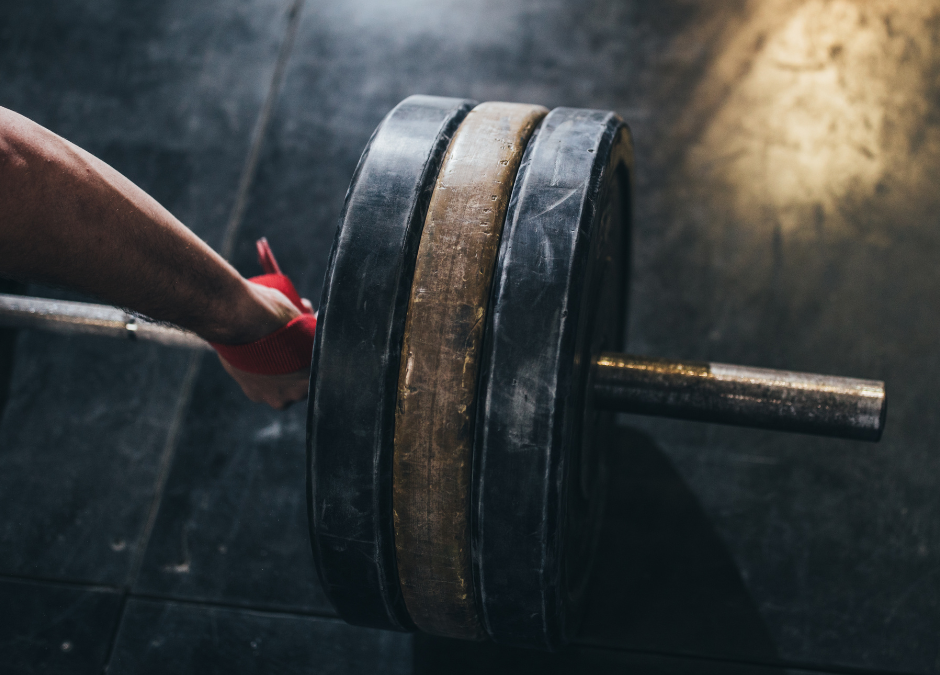There is a lot of information (and misinformation) on the internet about how to train. Whether you are a professional athlete training for performance, a weekend warrior trying to stay in shape, or someone who just wants to workout to stay healthy, someone on social media is making big promises to you about how to achieve your goals.
So, what is the right program for YOU?
Unfortunately, we cannot answer that second question because the answer is…it depends. However, here are some basic fundamentals that every performance training plan should include.
#1 – Prepares you for your specific demands
Every training program starts here: what are your goals? What is your sport? What position do you play?
A hockey goalie is going to drain a lot differently than a softball pitcher. A professional soccer player is going to train differently than a middle-aged marathoner.
Keep in mind that there IS going to be a lot of overlap. After all, the fundamentals of athleticism are the same. There will be small variations in the fine-tuning, and those small adjustments make all the difference.
#2 – Addresses your individual strengths and weaknesses
Going even further, the next question we ask is, what do YOU specifically need? A baseball pitcher who is hypermobile is going to need something slightly different than a baseball pitcher who is hypomobile. A soccer player with a history of hip impingement is going to need different accommodations. An athlete who needs to decrease body mass might be doing something different than the athlete who needs to increase body mass.
Knowing not only what your sport demands but what YOU need will help take your program to the next level.
#3 – Incorporates all aspects of athleticism
“Athleticism” is a broad term that encompasses many skills. Finding one list of what it takes to be athletic is impossible, but there are some general building blocks that most can agree on. Athleticism involves being fit, which includes: Strength, Speed, Power, Agility, Balance, and Mobility
Someone who is “athletic” typically also has good hand-eye coordination, can assess and make decisions quickly, has exceptional body awareness, and can adapt to different situations.
A sports performance program should cover all of these components to build a complete athlete.
#4 – Includes exercises that reduce injury risk
Injuries happen. They are not preventable, regardless of how many “injury prevention” exercises you do. But that doesn’t mean your program shouldn’t prepare you as much as possible to reduce your injury risk.
Some coaches avoid high-risk positions and situations as much as possible, but that can sometimes put you at an even higher risk of injury. Game situations (and even some practice situations) are not controllable settings, so it is important to train athletes to be strong in those vulnerable positions.
A well-structured program will reduce your risk of injury regardless, because the stronger/faster/more mobile/etc that you are, the more durable you’ll be. However, it is also critical to incorporate individual-based accessory exercises to address any specific deficits you may have.
#5 – Has adaptability
There are going to be days you walk into the gym unable to do that day’s programming, for whatever reason. Maybe you got hurt in a tournament over the weekend. Maybe the previous training session was high-intensity and you haven’t fully recovered yet. Maybe you didn’t get a good night’s sleep or you didn’t eat.
While persevering through some discomfort is encouraged, being wise about knowing when to push through and when to take a step back is crucial. If your program is too rigid or you have a fear of missing a session, it’s time to reevaluate your program and/or your approach. You WILL need to adapt at some point, so planning to have some flexibility will make it much easier when you do.
Regardless of what level of athlete you are, the basics of a good program include a few components: covers all aspects of athleticism, is specific to your goals, and is adaptable to your life. If you are a competitive athlete, ensure that you include sport- and position-specific exercises and exercises to reduce injury risk.

